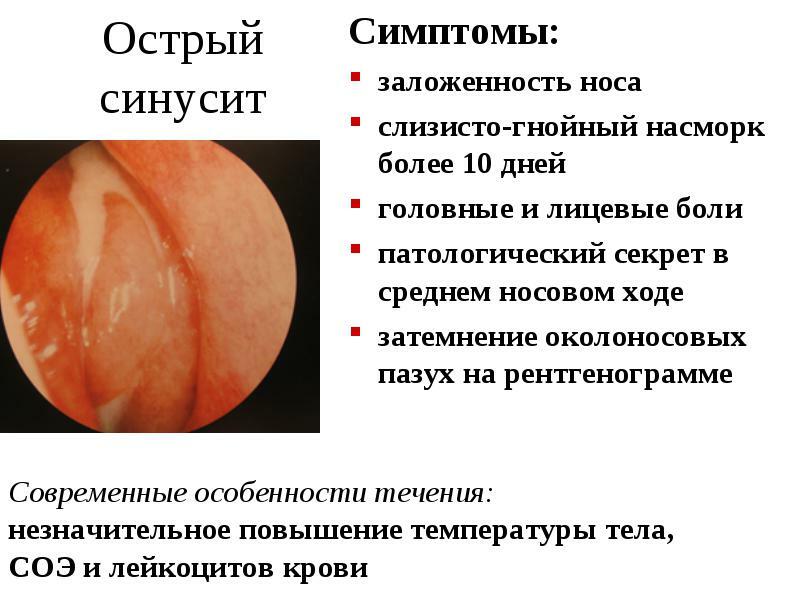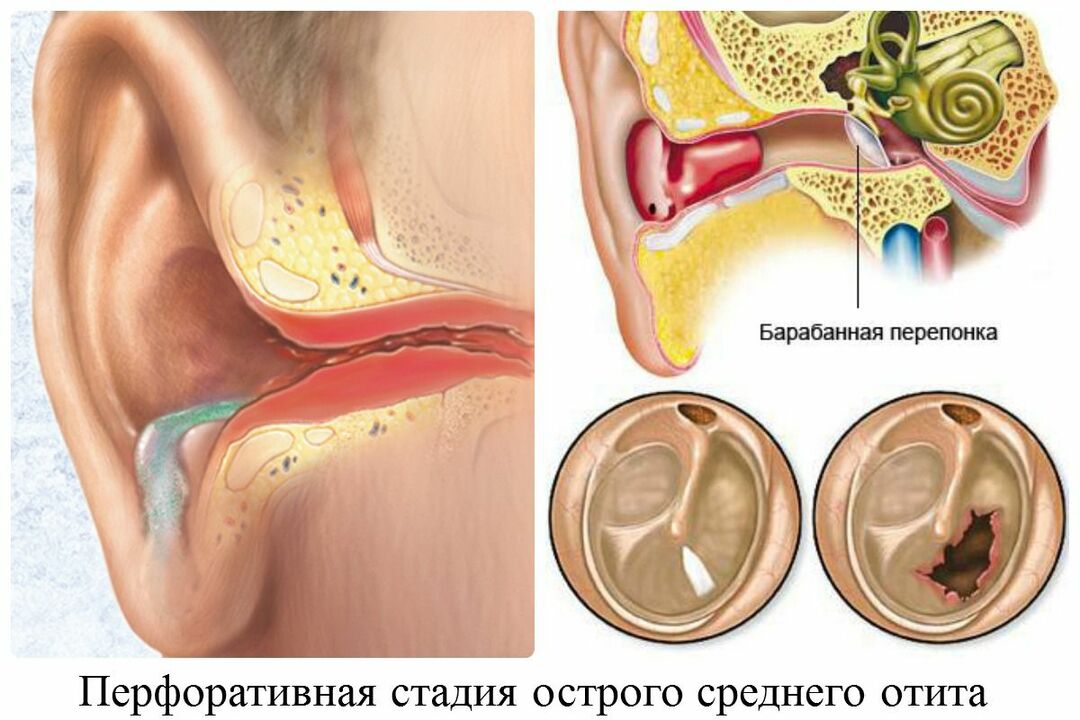Adenoids: what they are and how to treat them in a child
Content
- What are adenoids?
- Peculiarities
- Anatomy
- Functions
- Development and involution
- Diseases of the adenoids
- Adenoiditis
- Responsible pathological microorganisms
- Diagnostics
- Drug therapy
- Surgery
- Hypertrophy of the adenoids (adenoids)
- Adenoidectomy
- When should adenoids be removed?
- How is adenoidectomy performed?
- Recovery after adenoidectomy
- Possible postoperative complications
What are adenoids?
Adenoids are clustered formations of lymphoid tissue. Also known as the pharyngeal tonsils, they are located on the back of the nasopharynx (behind the nose, see picture). photo below).
Many pathogenic microorganisms entering the respiratory tract pass through the adenoids, which therefore have a predominantly protective function.
Occasionally, especially in children, the adenoids can be affected by accidental or recurrent infections, which in some cases make it difficult to breathe through the nose. The most common conditions affecting the adenoids can make them hypertrophied (enlarged adenoids) or inflamed (a condition known as adenoiditis).
Peculiarities
Anatomy

The adenoids are located at the back of the nasopharynx (which connects the nasal cavity to the oropharynx). Together with the tonsils, they form a Valdeyer's lymphatic ring, helping to create the first protective barrier against external microorganisms. These white blood cells circulate through the adenoids and other lymphoid tissues in response to potential pathogens that invade the body.
Histologically, adenoids, unlike other types of tonsils, have a ciliated columnar pseudo-stratified epithelium.
Functions
Adenoids perform immune functions: they help the body defend the body against infections, trapping and destroying bacteria and viruses that penetrate the tissues around the openings of the nasal cavity and oral cavity.
Development and involution
Adenoids are lymphatic formations present from birth that gradually develop, reaching their maximum size around 3-5 years of age. Usually, a soft mound forms in the upper and posterior part of the nasopharynx, just above and behind the uvula. At the age of about 7 years, the adenoids undergo a process of involution, reducing their size due to the physiological atrophy of the adenoid tissue, which makes them barely visible in adolescence. In adulthood, they become practically inactive.
Despite its usefulness in preventing early childhood infections, the body has more effective means of fighting bacteria and viruses. For this reason, if they overgrow and cause significant difficulty breathing, they are often surgically removed along with the tonsils.
Diseases of the adenoids
- Adenoiditis: inflammation of the adenoids, often caused by bacterial or viral infections. Infectious processes affecting the adenoids can cause other health problems, including sinusitis and severe breathing problems, especially at night.
- Hypertrophy of the adenoids: Adenoids can increase in size in response to infections, allergies, or unclear reasons. Their abnormal increase can interfere with breathing and proper drainage of mucus from the ear.
Read also:Perichondritis (inflammation of the perichondrium)
Adenoiditis

Adenoiditis is an inflammation of the adenoids. This process is usually caused by a viral or bacterial infection. Adenoiditis occurs mainly in infancy, sometimes in combination with acute tonsillitis or otitis media.
Signs and symptoms. Acute adenoiditis is characterized by fever, nasal airway obstruction, snoring, syndrome obstructive sleep apnea and rhinorrhea with serous secretion (with viral forms) purulent (with bacterial forms). This typical manifestation of adenoiditis makes it difficult to distinguish from the common cold.
Symptoms associated with viral adenoid infection usually resolve spontaneously after 48 hours; bacterial adenoiditis can persist for up to a week.
Adenoid infections can cause a number of complications due to the spread of the inflammatory process to nearby tissues and organs, including:
- Middle ear infections (otitis): The adenoids are located near the Eustachian tube, the canals that connect the nasopharynx to the middle ear. Infections can spread from the nasopharynx to the ears and cause serous or suppurative otitis media, which also affects hearing.
- Sinusitis and respiratory infections: Bacteria or viruses can infect other areas, such as the bronchi (causing bronchitis) or lungs (causing pneumonia).
Responsible pathological microorganisms
Viruses that can cause adenoiditis include adenovirus, rhinovirus and paramyxovirus. These are mainly bacteria: Streptococcus pyogenes, Streptococcus pneumoniae, Moraxella catarrhalis and Staphylococcus aureus.
Diagnostics
The condition is diagnosed based on medical history and physical examination. The adenoids cannot be easily visualized, so the doctor can identify the inflammatory process with an optical endoscope. Endoscopy can confirm the diagnosis by pointing directly to the inflamed adenoids.
Microbiological cultures and blood tests can help find the cause responsible for the symptoms, identifying the microorganism involved. Sometimes x-rays or other imaging techniques may be performed to check the size of the adenoids.
Drug therapy
In the case of viral adenoiditis, use is often sufficient analgesics and antipyretic drugs. Bacterial forms, on the other hand, can be treated with antibiotics, such as amoxicillin / clavulanic acid (i.e. combining the two) or cephalosporin.
Surgery
If symptoms are severe or persistent, the adenoids may be surgically removed with adenoidectomy. Often this option becomes necessary when adenoiditis does not respond to drug therapy and tends to become chronic.
Surgical removal is especially necessary in cases where the adenoids interfere with normal breathing. After surgery, many people with recurrent adenoiditis report significant improvement.
Hypertrophy of the adenoids (adenoids)
The enlargement of the adenoids is not always pathological. Usually it is a reaction to infectious processes and in most patients it causes only slight discomfort, which does not require any special treatment. In other cases, severe or recurrent infections can lead to adenoid hypertrophy, which can block the back of the nose and throat.
Read also:Ethmoiditis: symptoms and treatment in adults
Adenoid hypertrophy can cause the following conditions:
- Recurrent ear infections;
- A sore throat and difficulty swallowing;
- Breathing problems: Enlargement of the adenoids can make it difficult to breathe through the nose. As a result, the patient breathes primarily through the mouth.
- Sleep disturbances: Hypertrophy of the adenoids can obstruct normal air flow and interfere with nighttime rest. When breathing through the nose is difficult, the patient may snore or experience an episode of obstructive sleep apnea (stopping breathing for a few seconds).
Airway obstruction can reduce the flow of air from the nose, forcing the subject to breathe through the mouth.
In addition to difficulty breathing, adenoids can block the Eustachian tube; these ducts connect the middle ear to the back of the nose, aid the flow of fluids that accumulate in the middle ear, and maintain the correct air pressure inside the ear. A blockage in this drainage system can lead to recurrent infections and decreased hearing ability.
If a child has difficulty hearing sounds, it can have implications for learning, development and social interaction, so it is important to properly diagnose and treat an ear infection.
Adenoidectomy
When should adenoids be removed?

Adenoidectomy is a surgical procedure in which the adenoids are removed; especially indicated for children who suffer from recurrent sore throat and have difficulty breathing through the nose. Rarely, even adults need to remove them.
A doctor may recommend this procedure if a patient develops a chronic ear or throat infection that:
- does not respond to antibiotic treatment;
- occurs more than five times a year;
- occurs three times or more in two years.
Adenoidectomy may be necessary if the adenoids become hypertrophied due to:
- bacterial or viral infection: although the infection may resolve on its own, the adenoids may remain excessively large;
- allergies: allergens (substances that provoke an allergic reaction) can irritate the adenoids and cause them to swell;
- congenital hypertrophy: the fetus may develop adenoids in the uterus; they can be large at birth.
Other indications for adenoidectomy include:
- an increase in adenoids that interfere with breathing, especially at night.
- recurrent or persistent otitis media in children aged 3-4 years and older (may interfere with the development of speech);
- relapse and / or chronic sinusitis.
After surgery, most patients:
- less prone to throat infections, in a milder form;
- suffer less from ear infections;
- breathe better through the nose.
Read also:Frontitis: Causes, Symptoms and Treatment in Adults
How is adenoidectomy performed?
Before the operation. The mouth and throat bleed more easily than other parts of the body, so the doctor may request a preoperative blood test. In the week before surgery, avoid giving medications that can affect blood clotting, such as ibuprofen or aspirin.
Adenoidectomy involves the administration of a general anesthetic (less commonly a local anesthetic) and is performed about 30 minutes later. In most cases, the patient can go home the same day after surgery.
How are adenoids removed? The operation is performed through the mouth and involves removing the adenoids by curettage (scraping) or ablation. To close the wound, the surgeon may cauterize or apply absorbable stitches.
Adenotonsilectomy. If the patient is undergoing severe or frequent bouts of tonsillitis (tonsil infections), the tonsils and adenoids may be removed at the same time. This procedure is called adenotonsilectomy.
Transtympanic drainage. In the case of otitis media, adenoidectomy can be completed with tympanostomy: through a small incision of the tympanic a small ventilation tube is placed in the ear to drain serous, mucous, or purulent discharge. Transtympanic drainage helps drain fluid that accumulates in the middle ear during inflammation and reduces infection.
Recovery after adenoidectomy
After adenoidectomy, the patient must rest for several days. Full recovery usually takes 1 to 2 weeks. Some medications are prescribed to relieve pain and swelling. The patient can usually start drinking fluids 2-3 hours after surgery.
Possible postoperative complications
Adenoidectomy is a low-risk procedure that rarely causes complications. It is a relatively common surgical procedure that is quick and easy to perform. However, as with all surgical procedures, there is a small risk of complications such as bleeding, allergic reactions to anesthesia, or infections.
After adenoidectomy, some patients may have minor health problems such as sore throat, difficulty swallowing, ear pain, nasal congestion, bad breath, and change vote. However, most of these disorders are temporary and rarely require special treatments and tend to disappear within a week or two (they should not last more than four weeks).
Although adenoidectomy effectively reduces the frequency and severity of infections, it should be borne in mind that adenoids represent one of the first barriers against microbial invasion and, if removed, they can facilitate the entry of these microbes into the body.



